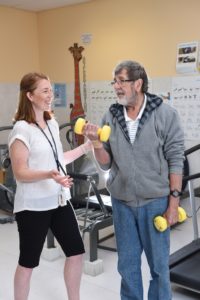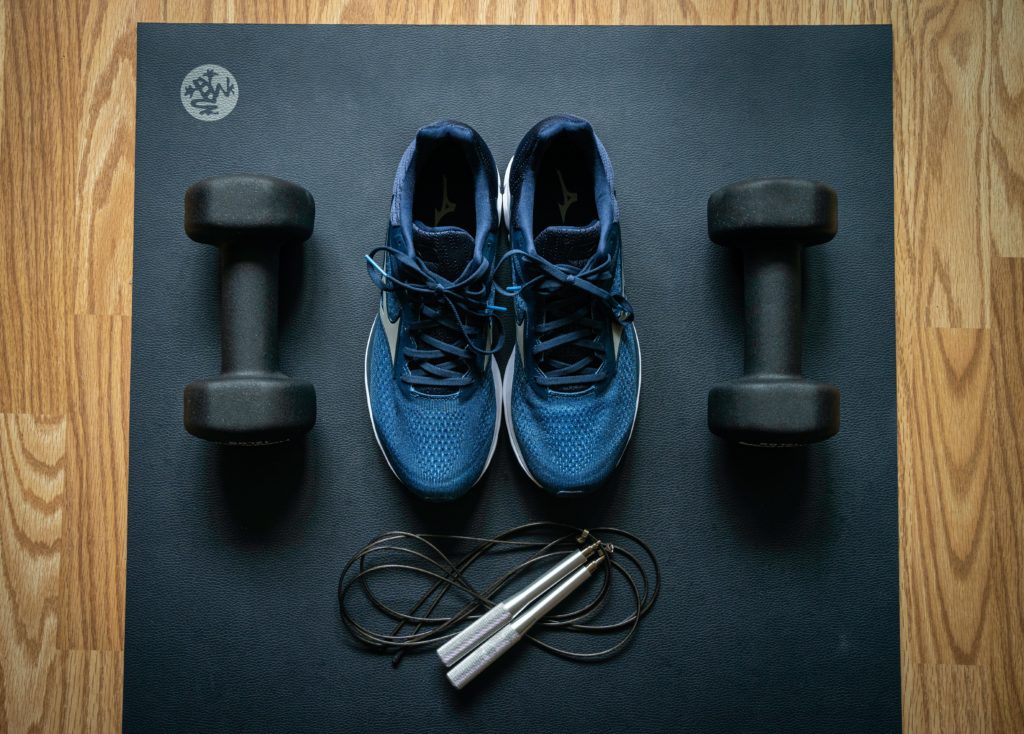
There are many instances where you need to change your exercise prescription for a person with cancer as their needs change while moving through the treatment continuum.
In accordance with exercise principles, you should aim to progress your patient’s exercise prescription over the duration of their program. It is important to firstly increase frequency, then time, then intensity.
It is important to monitor your patients exercise intensity during an exercise session to guide your exercise prescription. This may be completed using a combination of heart rate monitoring and the Borg RPE scale.
Sometimes you may need to modify or regress your patient’s exercise prescription due to their symptoms, physical status or goals. The table below outlines how you may modify the exercise program under different conditions:
| Cancer related consideration | Exercise modification |
|---|---|
| Bony Metastases | • Consider location of bony metastases and limit loading of bone metastases site • Avoid excessive spinal flexion, extension and rotation; clarify with medical team need for bracing • Monitor for increasing functional pain – refer on for medical evaluation • Avoid manual muscle testing in affected limb • Exercise as tolerated as limited by pain • Minimise fall or impact risk |
| Lymphoedema | • Mixed aerobic and resistance training recommended • Under controlled circumstances, exercise does not exacerbate lymphoedema • No strong evidence to support wearing compression garments during exercise however it is known to be safe and is generally recommended or left to patient preference • No need to wear compression garment during hydrotherapy • Monitor for signs of redness, erythema, pain, new onset or exacerbation of swelling – refer for medical management |
| Haematological Cancers | • Review blood pathology results as able • Consider avoiding group exercise if significantly immune-compromised • Minimise falls risk • See Safety Reference Table under ‘Exercise Prescription’ for more specific considerations |
| Stomas | • Empty ostomy bag prior to exercise • Start resistance training with low resistance and progress slowly (risk of parastomal hernia) • Monitor and correct form to manage intra-abdominal pressure – observe for bulging or feelings of pressure • If participating in contact sports – consider wearing an ostomy protector |
| PICC line (Peripherally inserted central catheter) | • No available evidence suggesting that exercise can cause PICC damage or dislodgement • May cause some discomfort or unpleasant sensation during arm movement • Change dressings over PICC if they become soiled during exercise • Ensure that PICC is fully covered or take care to avoid catching it on anything • Slowly introduce upper limb exercises if the patient is anxious about using the arm with the PICC inserted |
| IV line | • No available evidence suggesting that exercise can cause IV line damage or dislodgement • May cause some discomfort or unpleasant sensation during arm movement • Ensure that IV is fully covered or take care to avoid catching it on anything • Slowly introduce upper limb exercises if the patient is anxious about using the arm with the IV inserted |
| Central port | • No chest work within first 3 weeks or when attached to chemo agent • Choice of exercise may be limited by pain or discomfort on specific movement e.g. movement near clavicle for portacath |
| Poor Bone Density | • Minimise falls risk • Consider period of moderate to high intensity resistance exercise prior to introducing impact loading • Functional weight bearing exercise, progressively increased impact loading as appropriate |
| Peripheral Neuropathy and Balance Deficits | • Assess stability, balance and gait prior to exercise • Consider alternative aerobic exercise (stationary bike, arm ergo) rather than walking if neuropathy is affecting gait stability • Seated versus standing resistance exercises • Monitor discomfort in hands when holding weights/equipment and modify as able • Prescribe balance exercises with close monitoring of safety • Minimise falls risk |
Adapted from Campbell et al. ACSM 2019, Hayes et al. ESSA 2019 & Santa Mina et al. Lancet Oncol 2018
Printable Exercise Prescription and Modification Considerations TABLE

